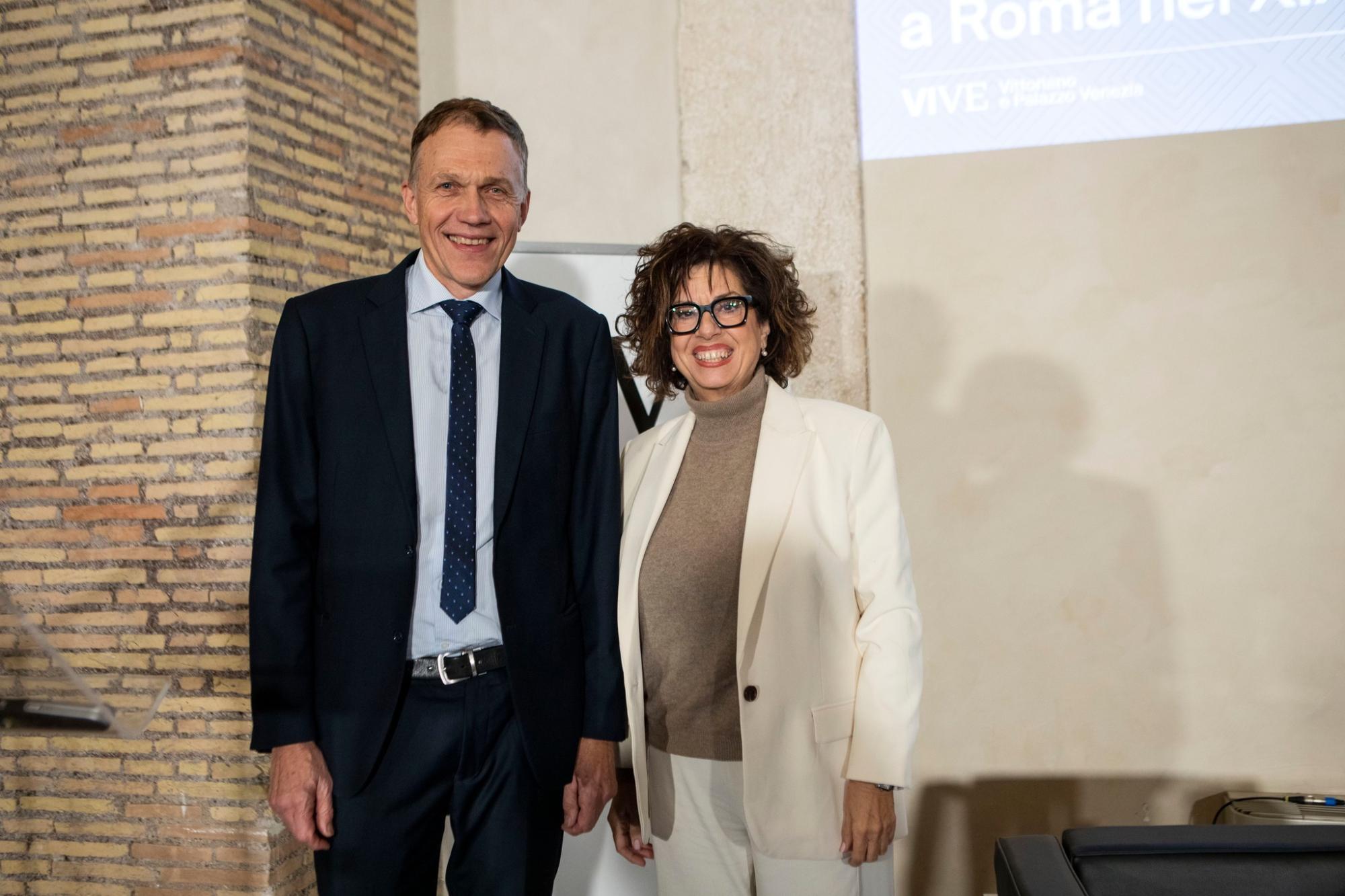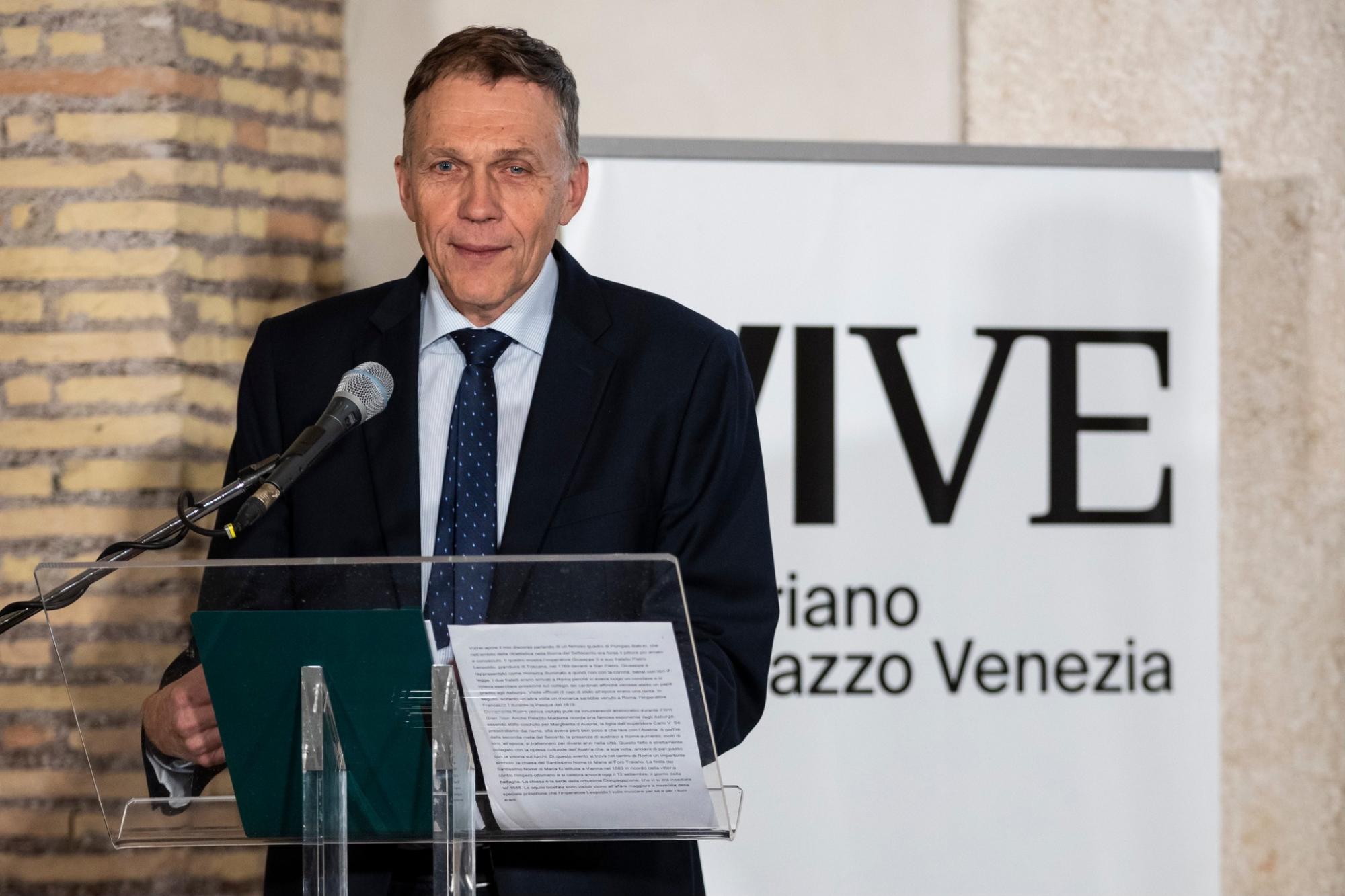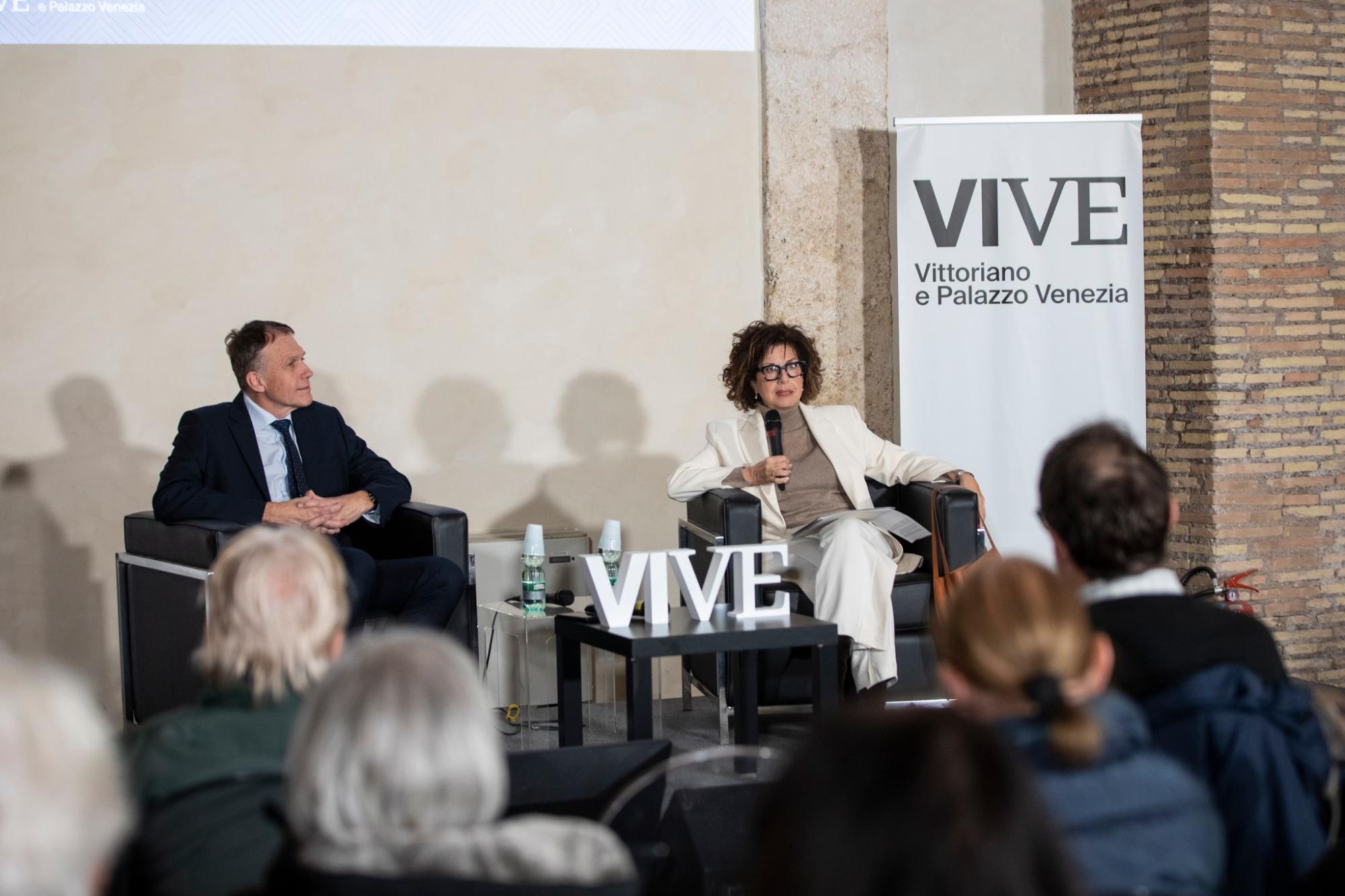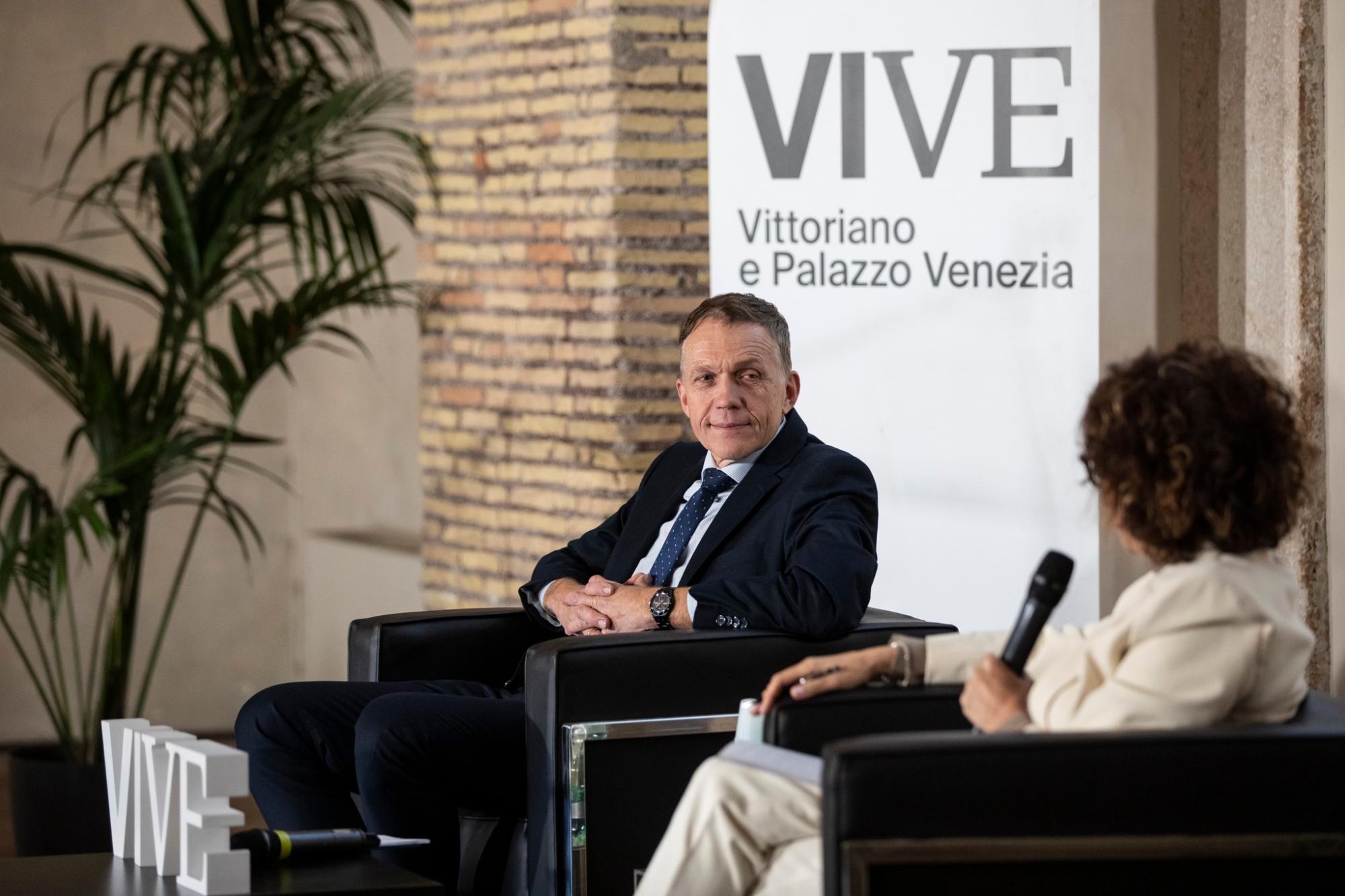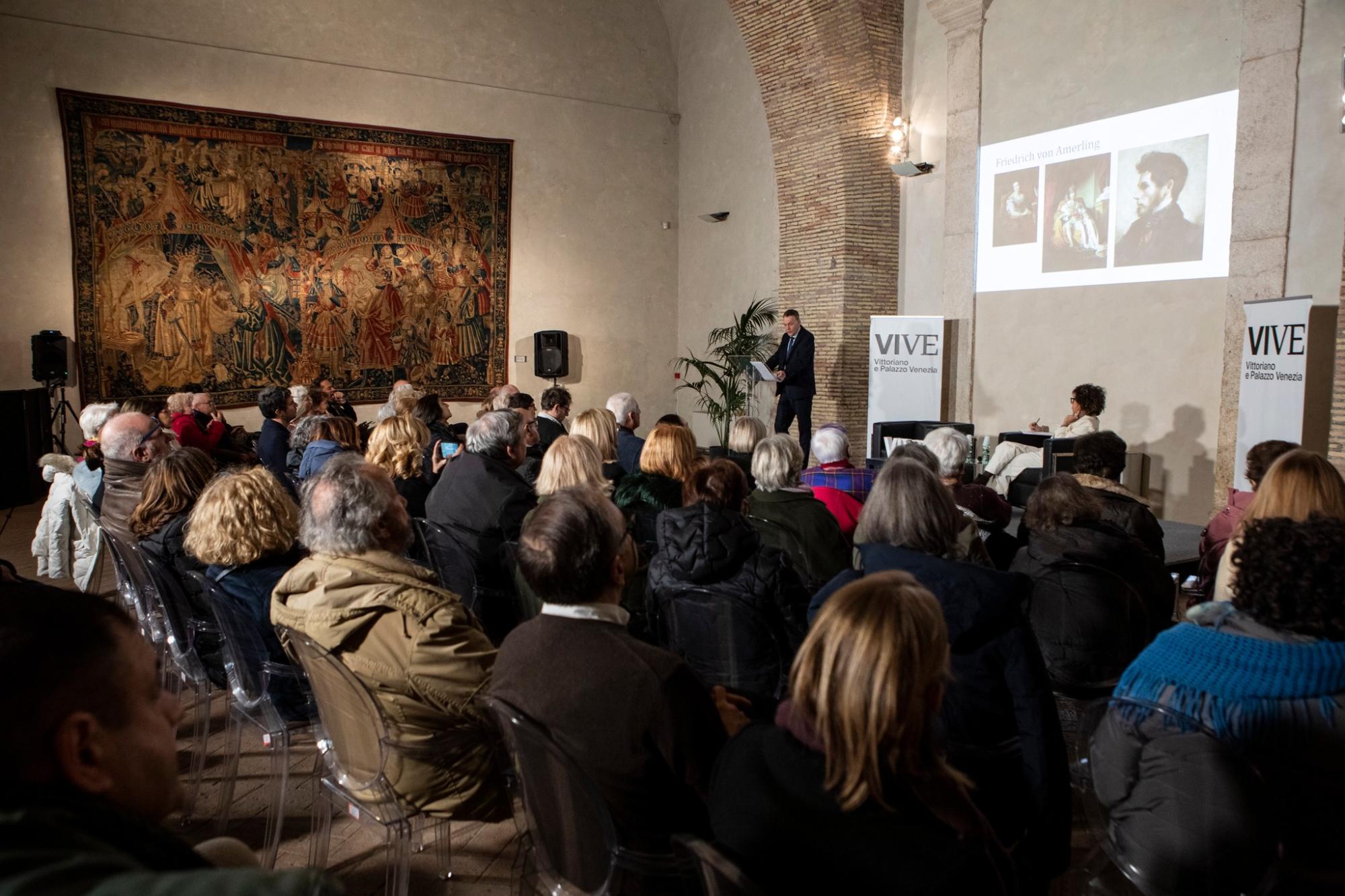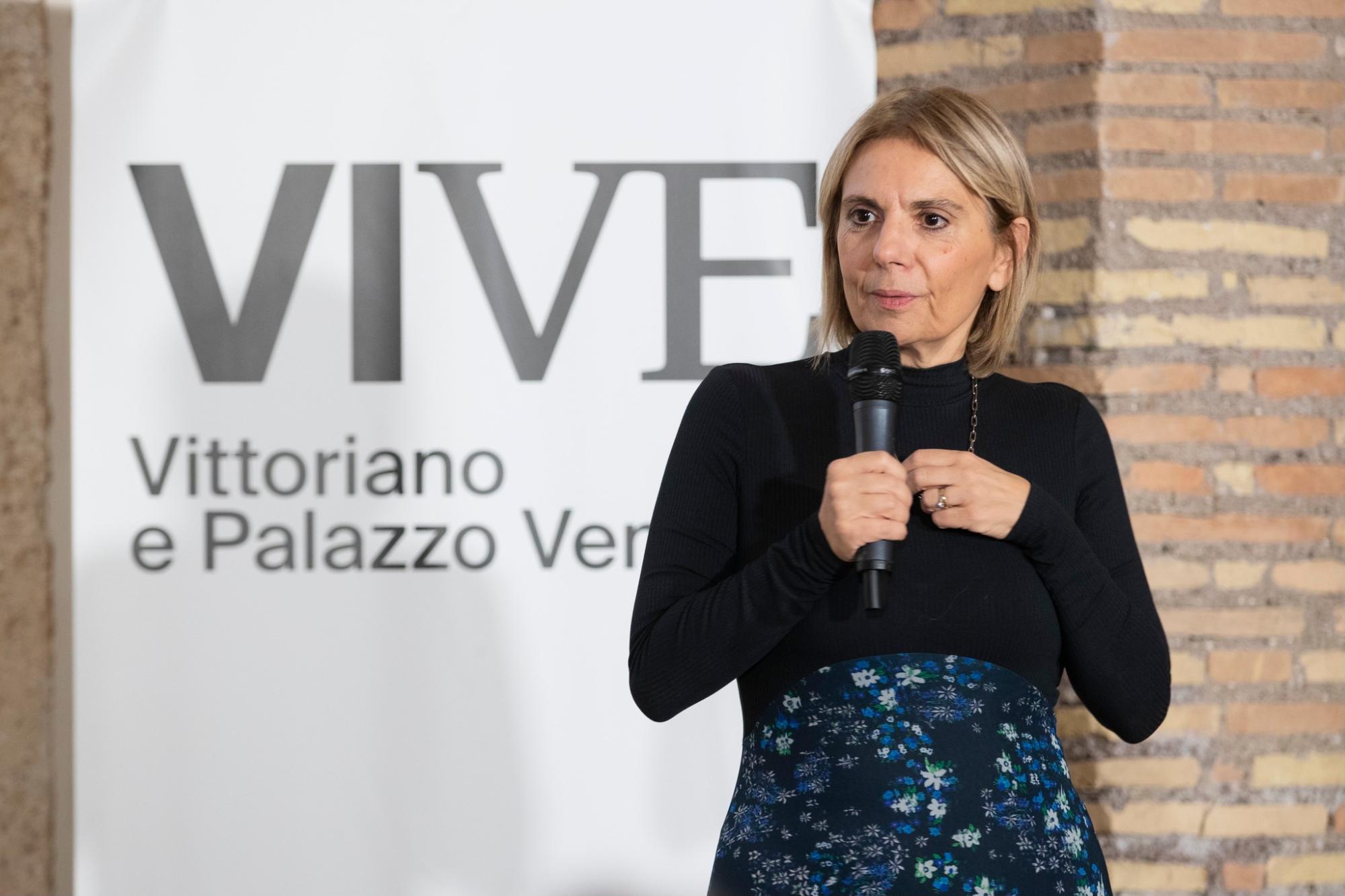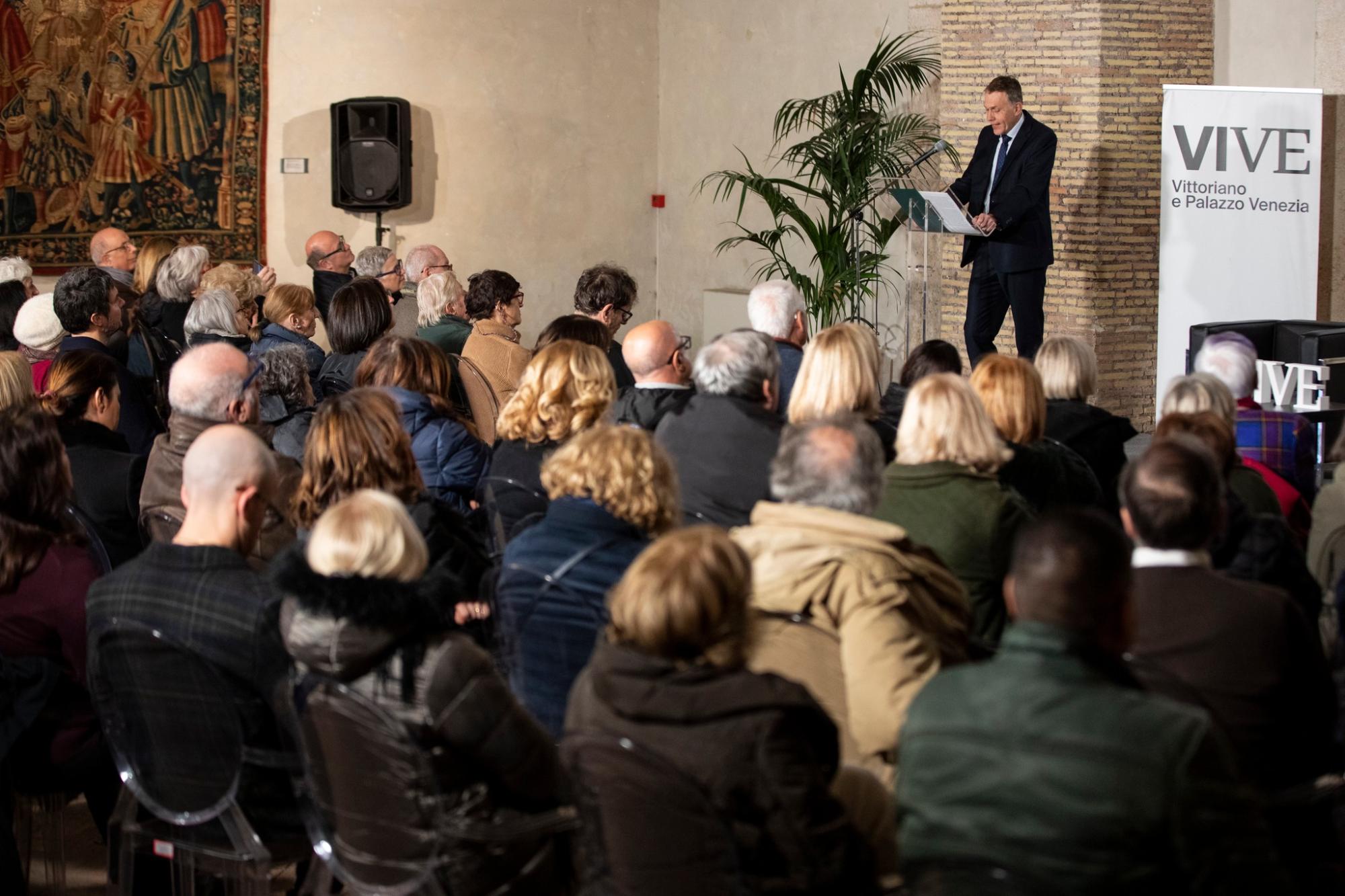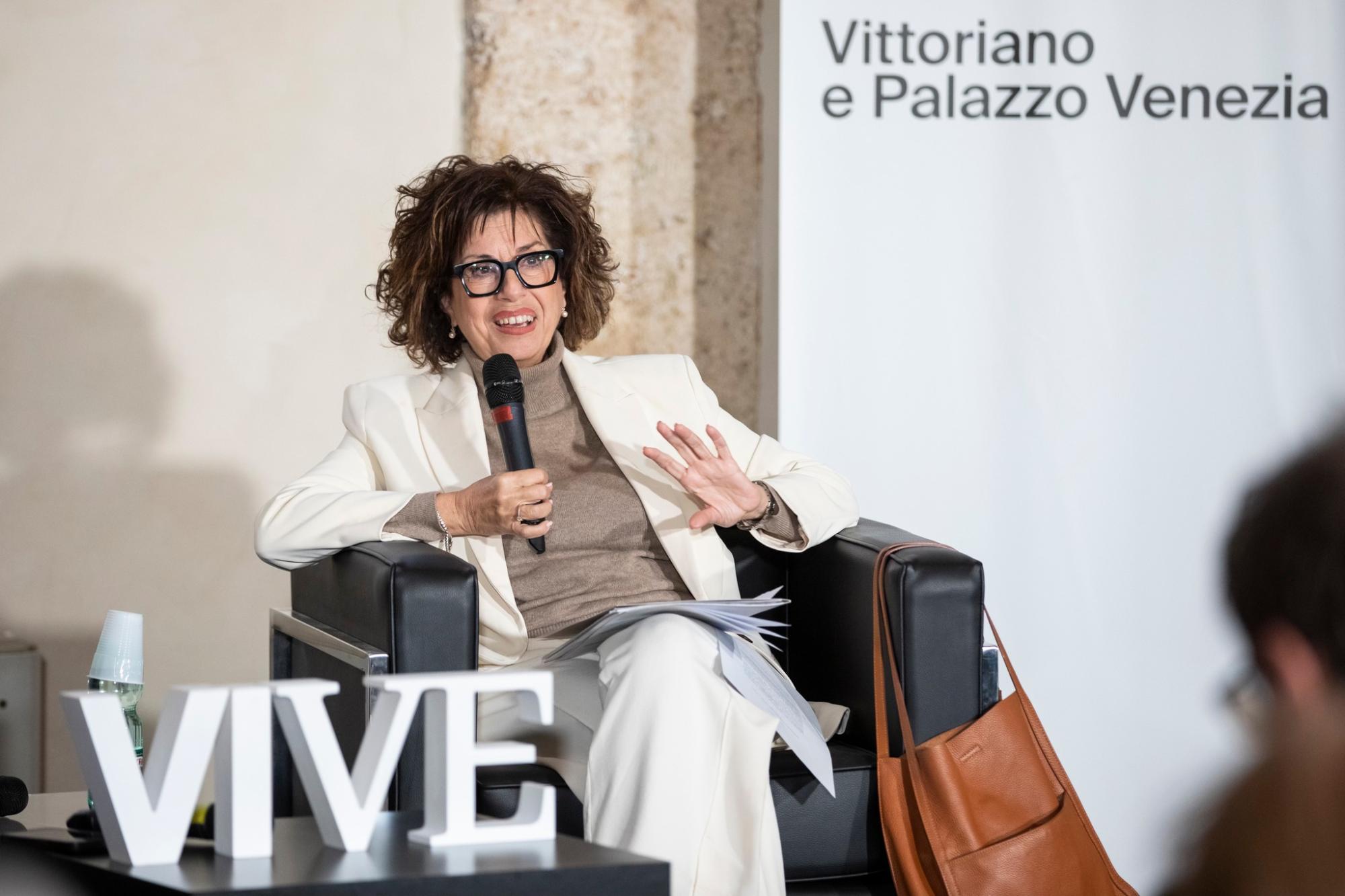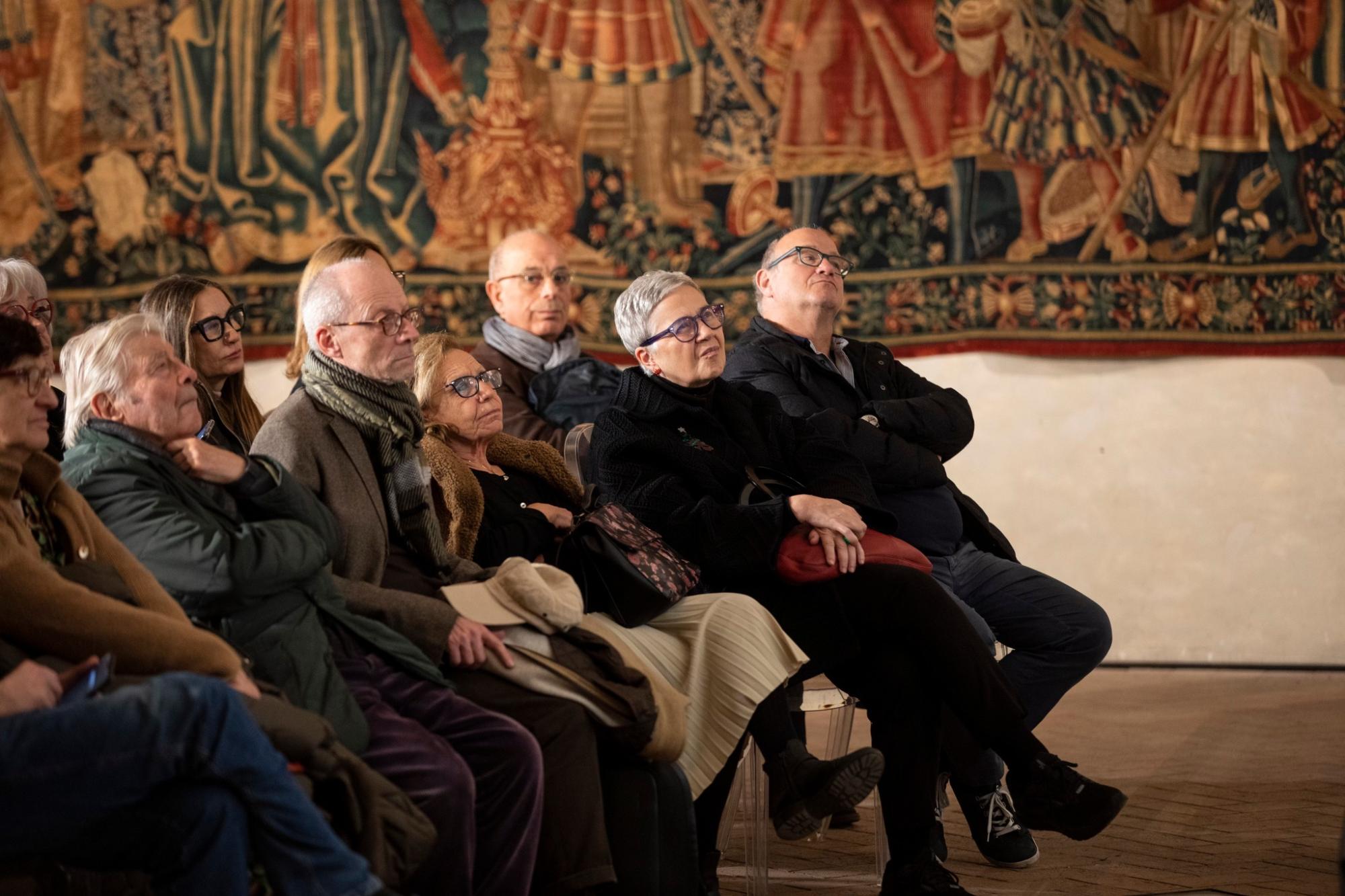SERIES: An International Capital: Rome and Foreigners
SPEAKER: Andreas Gottsmann, Director, Austrian Historical Institute in Rome
DATE: Thursday, December 5, 6 p.m.
With the “Venetian inheritance” after the Peace of Campoformido in 1797, Palazzo Venezia also passed to the Habsburg monarchy and served as the Austrian embassy to the Holy See until World War I. After 1870, the Austro-Hungarian ambassador to the Kingdom of Italy had his offices here, while his residence was instead in Palazzo Chigi.
However, Rome was not only of interest to Austria as the city of the Pope and later the Italian capital, but also as a center of the arts. Scholars came there every year, most of them sent from the Academy of Fine Arts in Vienna. They would stay in the Eternal City for at least a year and cultivate their studies in the tower of the Palazzo Venezia. With the opening of the Vatican archives from 1882 there was also an Austrian academic representation in Rome, namely the Historical Institute, which until World War I was based in Via della Croce and was a point of attraction for many scholars from the Habsburg Monarchy.

